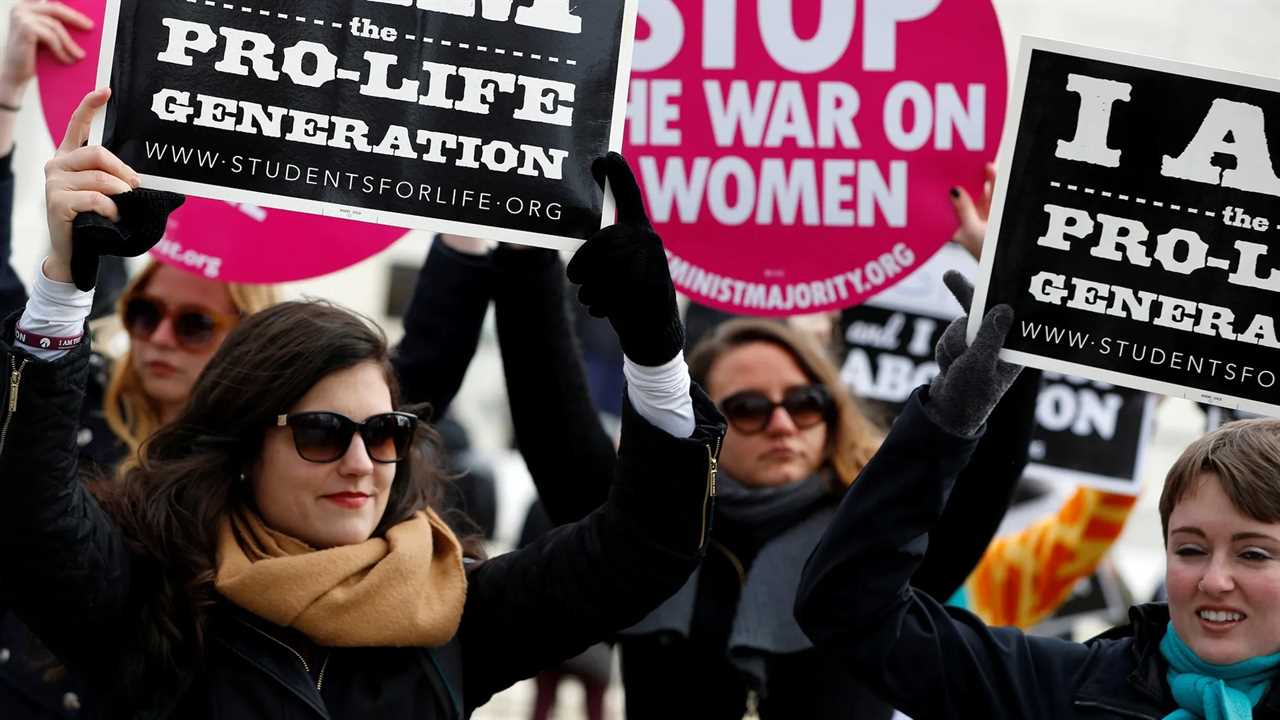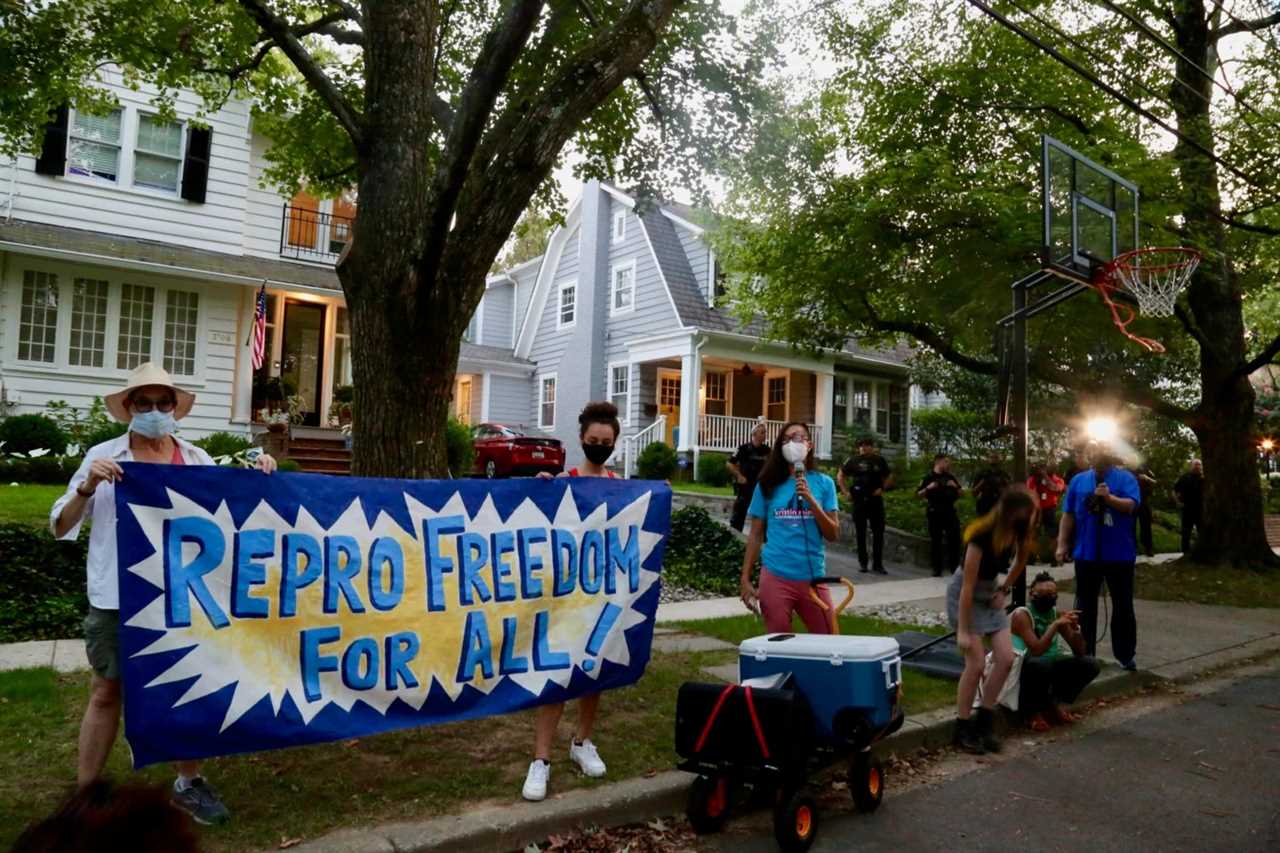
Justice Samuel Alito’s leaked abortion opinion generated widely disparate reactions. Supporters of reproductive rights are—rightly—concerned about the burdens new restrictions on abortions will impose on women, particularly those already less advantaged. They’re seeking strategies to manage the difficulties and to undo the coming crisis.
Anti-abortion activists are celebrating, a little, and thinking about next steps to advance their agendas.
And institutional Republicans are railing against the unprecedented release of a draft Supreme Court opinion while a final decision is still in process. (Their shock and awe at a departure from normal procedure is all about distraction until they can find a way to claim credit and manage the inevitable political backlash.)
There’s yet another story here: what a social movement victory looks like. If the Dobbs v. Jackson Women’s Health Organization decision follows Alito’s draft, even with softer language, it will be a massive win for the anti-abortion movement, one that’s nearly 50 years in coming and that almost didn’t happen. It provides a reminder about how hard and long social movement activists have to work to make anything happen. This win is partial, dependent upon many factors well outside the control of anti-abortion activists, and also provisional.
The anti-abortion movement has been fighting this reproductive right since before the Supreme Court’s landmark Roe v. Wade decision in 1973. The decision was a defeat for abortion foes, but also a provocation that helped the movement grow.
Anti-abortion forces grew with the religious right in the 1970s. It arrived at the same time as electoral reforms that effectively encouraged candidates for office found to finance their campaigns with the passionate support of issue activists. In the 1970s, anti-abortion activists spectacularly failed to make progress on a Constitutional amendment, but succeeded in limiting federal funding for poor women (Hyde Amendment.) And, since the 1970s, they’ve faced an abortion rights movement as committed and often as active.
By the 1980s, abortion politics became increasingly partisan. Virtually any viable candidate for national office had to adopt the preferred policy of their party. Surely, it’s possible that George H.W. Bush searched his soul to discover that he really opposed abortion—but a desire for the Republican presidential nomination lit that search. Jesse Jackson’s shift to support for abortion rights similarly came shortly before his first campaign for the Democratic presidential nomination.
For decades, Republicans talked about abortion to mobilize funds and working class voters, while delivering very little. Somehow, anti-abortion activism continued, innovating new tactics, often disruptive, confrontational, and divisive—even within the movement. Activists protested outside clinics—and sometimes bombed them. Some trailed doctors, occasionally shooting and killing them.
Activists who wanted to escalate without violence blockaded clinics through “rescues” and engaged in “sidewalk counseling,” which looks a lot like yelling at passersby and showing photos. All of this made it more difficult and more expensive to provide a standard component of medical care.

And there was plenty of politics. Ending abortion was a reliable fundraising plea. Anti-abortion groups supported candidates and continued to demand action. In states with legislative conservative majorities, this meant ongoing efforts to find ways to make accessing abortions more difficult and costly, and recurrent lawsuits. Nationally, it meant more pressure for the Republican Party to actually deliver on its promises by appointing judges who would overrule Roe.
Candidate Donald Trump renounced his earlier support for abortion rights and made the promise Republican politics demanded. Religiously motivated activists made a bargain, ignoring the candidate’s copious moral failings in exchange for the promise of committed judges and justices.
In 2016, Senator Majority Leader Mitch McConnell refused to consider any Democratic nominee to the Court, hoping to invigorate evangelical passions for the coming election. Bizarrely, those passions were enough to win Trump the Electoral College—but not the popular vote. Trump entered office with a Supreme Court vacancy, one justice ready to retire under the right circumstances, and another deathly

ill. None of this had to happen; it was basically good luck for a persistent and opportunistic movement.
But it’s not over.
Anti-abortion activists have a longer agenda to work through, and reproductive rights advocates promise a newly invigorated and active movement that will protest, litigate, and do politics. A movement victory, even a major one, isn’t an end, but an invitation for more activism.
------------Read More
By: David S. Meyer
Title: What Wins Look Like: Dobbs and the Anti-Abortion Movement
Sourced From: politicsoutdoors.com/2022/05/08/what-wins-look-like-dobbs-and-the-anti-abortion-movement/
Published Date: Mon, 09 May 2022 00:59:07 +0000
Did you miss our previous article...
https://trendinginbusiness.business/politcal/apple-executive-slams-the-metaverse-its-a-word-i-will-never-use
.png)





